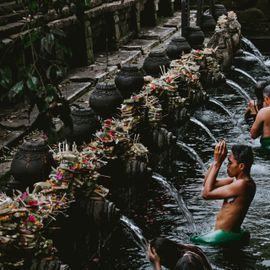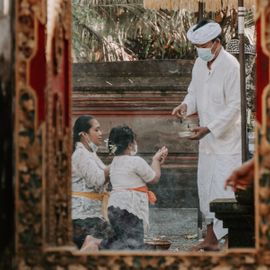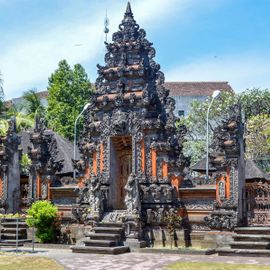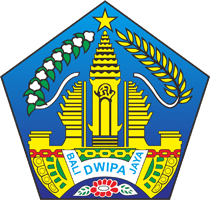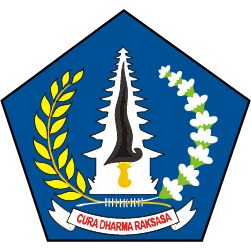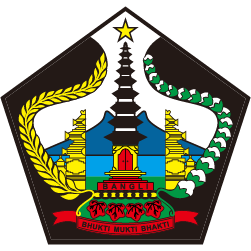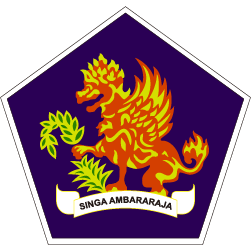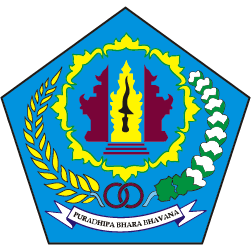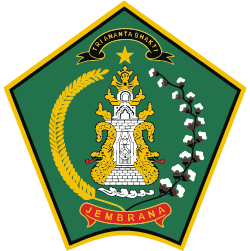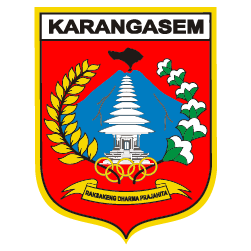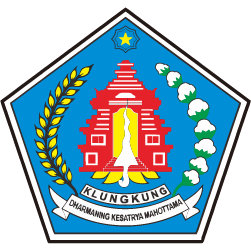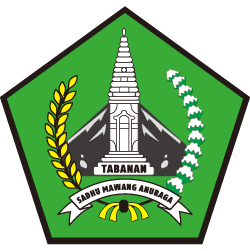Knowing The Principles Of Melukat According To Balinese Culture
Knowing The Principles Of Melukat According To Balinese Culture.
Water is the largest natural resource on Earth. In Bali, water has a deep philosophy and is embedded in the traditions of the local community. Melukat is one of the rituals carried out with the medium of water as a way to get closer to the Almighty.
Melukat according to Balinese belief is a soul purification ritual called tirthayatra. This ritual using holy water or tirtha is performed as worship in Hinduism. However, Hindu priests do not forbid anyone who wants to follow melukat.
The ritual of melukat etymologically comes from two words, ‘su’ which means good and ‘lukat’ means purification. So that melukat is interpreted as a ceremony to purify oneself in order to increase goodness. This self-purification uses the medium of water, which can be done in spring, either on the beach or river.
In the concept of Balinese cosmology, according to Parisada Hindu Dharma Indonesia (PHDI), the universe has two properties, namely sekala and niskala. Sekala is real and can be captured with the five senses. Meanwhile, niskala is believed but cannot be grasped by the five senses.
Balance in the concept of cosmology is obtained when the macrocosm and microcosm are harmonious. The macrocosm is a very wide world but has regular boundaries. Man as a replica of the vastness of the universe is called the microcosm.
When humans experience bad things, such as pain, misery, anxiety, accidents, to death, it takes effort to return to surrender to the Almighty. The ritual of surrender to harmonize the microcosm and macrocosm as well as physically and spiritually or sekala-niskala is carried out by melukat.
On the Island of the Gods, melukat rituals are performed in several places. Among them are Tirta Empul Temple, Campuhan Windhu Segara Temple, Pekraman Sebatu Village, and Goa Giri Putri Temple in Nusa Penida.
